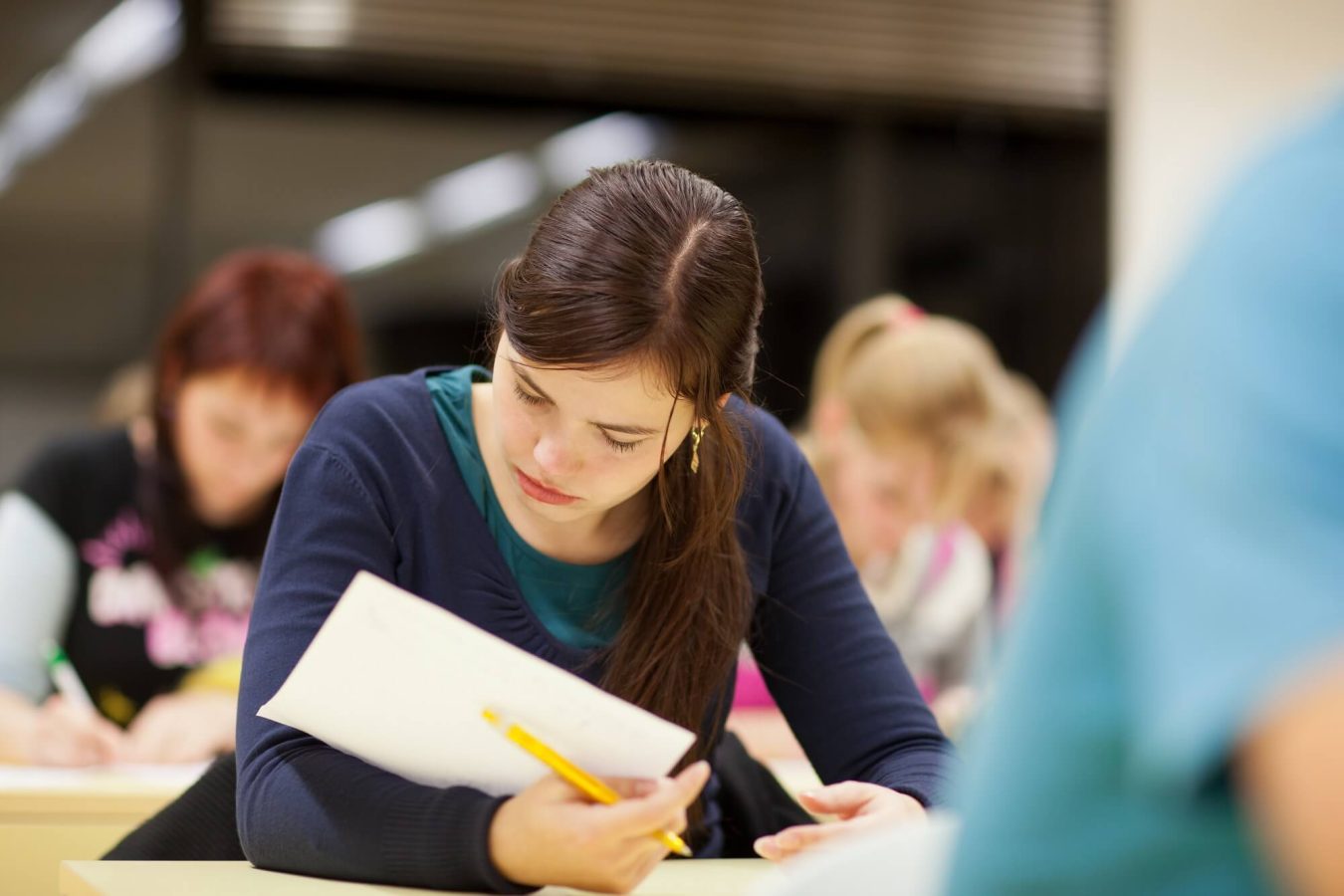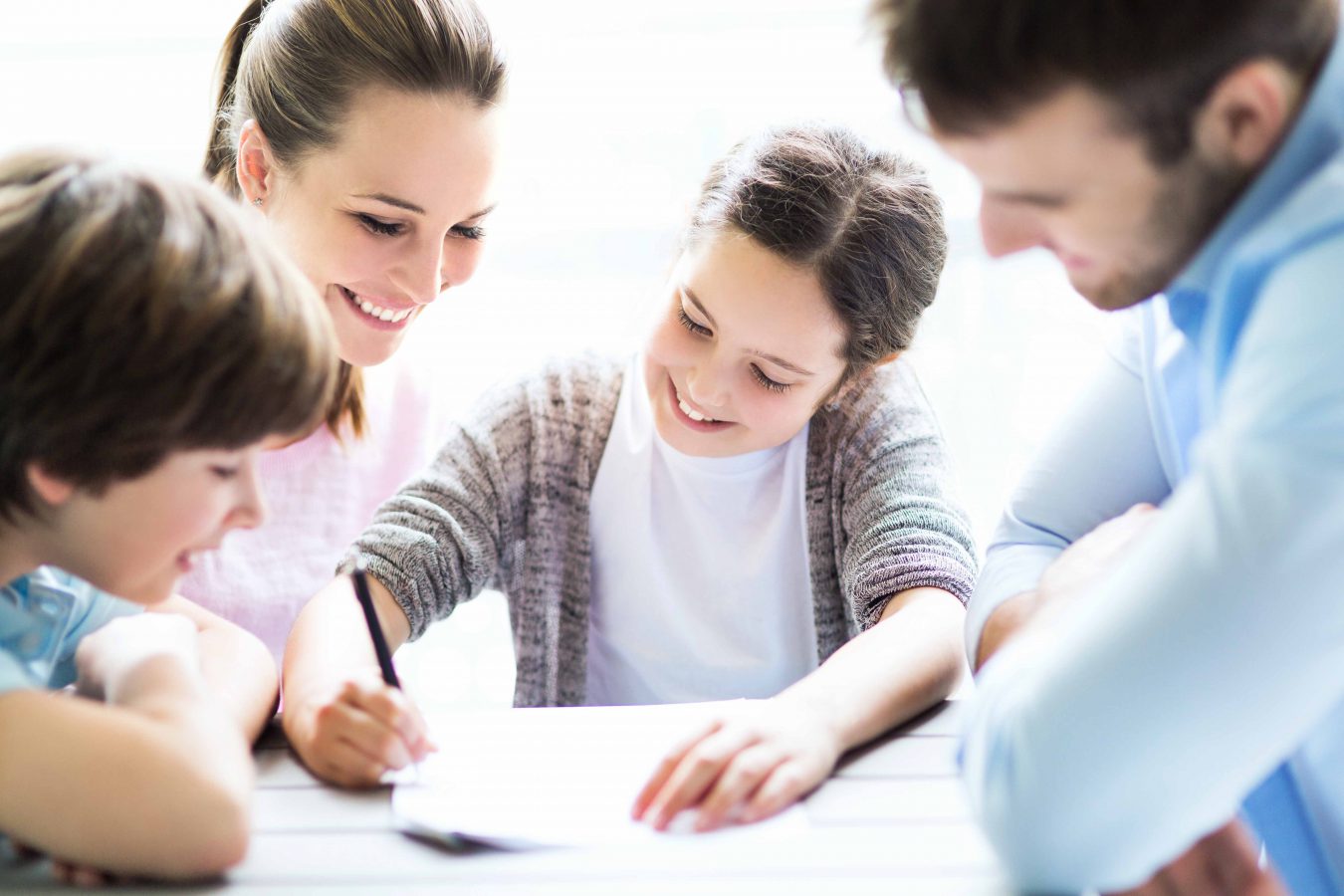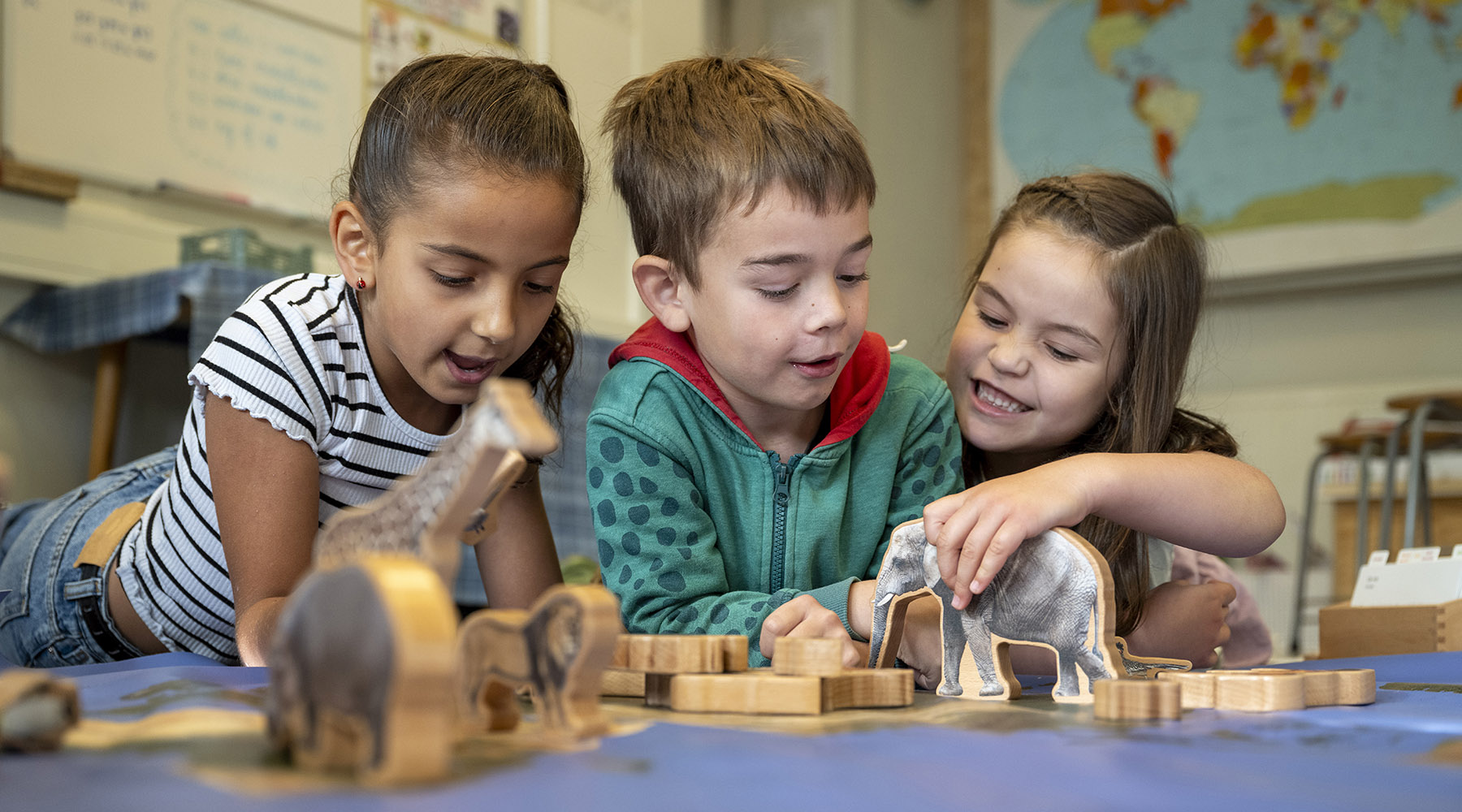
Our brains develop throughout our lives, but there are two incredible bursts of growth when we are young. We can help our children make the most of these surges, says Andrew Fuller.
Neuroplasticity is the brain’s ability to build itself in response to new life experiences and changes in development. It is a process of creativity. Throughout our lives we can change our brains and get smarter.
There are times when the brain changes faster than others. Two peak times occur in the earliest years of our lives and during early adolescence.
Neuroplasticity can involve:
- Increased brain cells (called neurogenesis)
- Alterations in the structures of the brain as pathways are re-purposed for new tasks
- Increased density of connections in the brain (called synaptogenesis)
- Increased processing speed of the brain (called myelination)
- Changes in the levels of neurochemicals.
Research now enables us to capitalise on these peaks in brain development to create surges in intelligence and capacity. It enriches lives and increases learning. Capitalising on this research accelerates good outcomes for young people and in some cases, alters a negative trajectory.
At first this research can look complex, but it can be implemented easily in any family or school.
The building blocks of neuroplasticity
Learning is both a biological and a social-emotional process. One purpose of neuroplasticity is to help people understand situations and adapt accordingly. It increases our resilience and our chances of survival.
Let’s begin with an overview of the biological aspects of neuroplasticity.
Brain derived neurotropic factor (BDNF) is the growth stimulant in your brain that builds brain cells and connections.
When BDNF levels are high, learning is easy, and memory is sharper. When BDNF levels decrease, people find it hard to learn new things. BDNF also acts as a natural antidepressant and higher levels are associated with feelings of happiness.
Ways to increase BDNF levels in the brain include:
Exercise
Even short periods of exercise can dramatically increase BDNF levels, learning strengths and memory. Activities involving coordination, such as dancing, playing music or sport, can enhance motor skills and neural connections.
Avoiding Sugar
Foods high in sugar and bad fats are associated with lower levels of BDNF. In animal studies these are related to lower intelligence and poorer memory.
Mental Stimulation
Exercising our brains increases BDNF. Puzzles, memory exercises, and brain-training games can improve cognitive functions and promote neuroplasticity.
Eating Oily Fish
Eating foods high in omega 3’s such as oily fish (especially salmon, anchovies and sardines), flaxseed, chia seeds, and walnuts improves BDNF levels.
Vitamin D
Maintaining healthy levels of Vitamin D also helps. Foods rich in niacin (Vitamin D3) increase BDNF and neuroplasticity as does Japanese green tea, blueberries, olive oil, soy and dark chocolate.
Eating Brain Fuel
Curcumin, found in turmeric increases BDNF, as does resveratrol which is found in red grapes. Anthocyanins, that give fruits and vegetables a blue-purple colour, raise BDNF levels. These are present in blackberries, raisins, plums, eggplants, cherries, cranberries and blueberries.
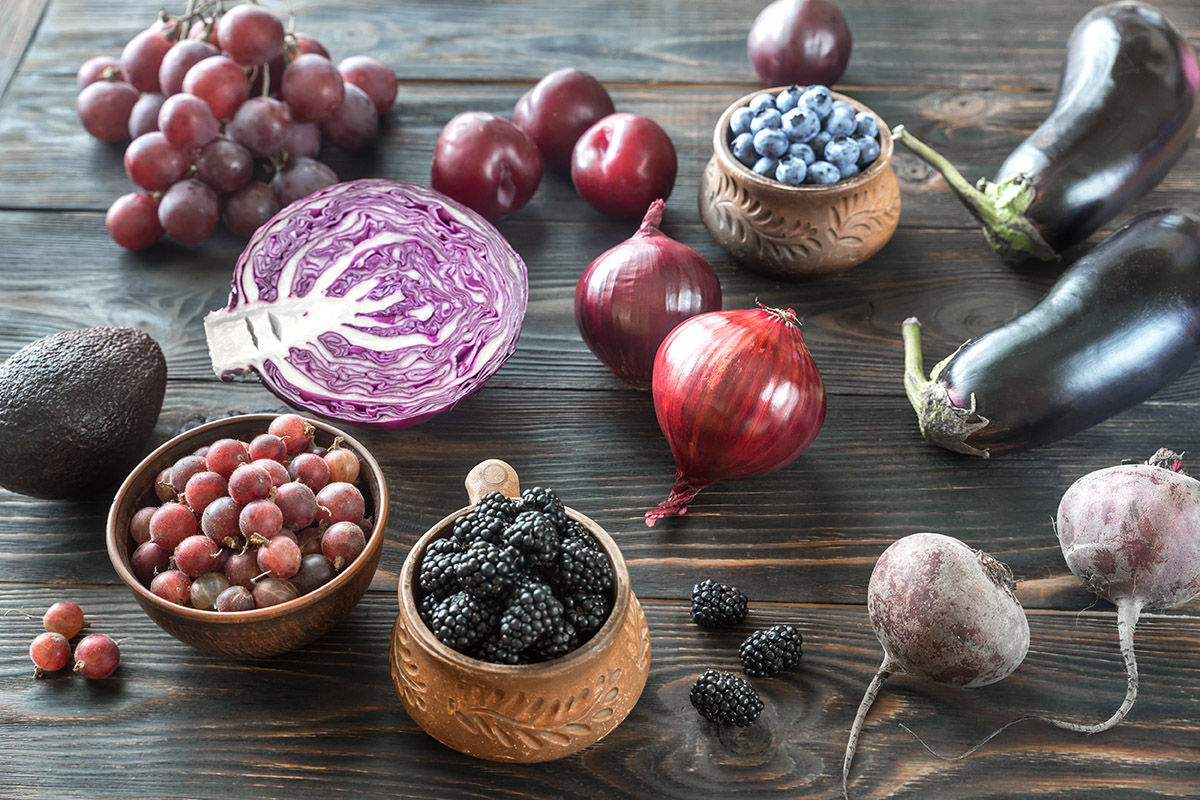
Optimising the conditions for learning
Let’s now turn to optimising the right environmental conditions for neuroplasticity.
Restructuring environments so they enhance brain development is not as daunting or as expensive as you may think. It does not involve a lot of gizmos, tech or time.
An assessment of key executive functionsconcentration, memory, planning, impulse control, emotional regulation and learning strengths is helpful to guide young people and their families. Acquiring these skills is highly predictive of academic outcomes and success in life.
Safety
The communities we live in and the family we grow up powerfully effect brain development. Reducing stress and having people feel connected, protected and respected (CPR) promotes brain development. When we feel under threat or under pressure our brain favours developing the pathways related to survival over those needed for thriving and higher-order thinking.
Relationships
Deepen trusting relationships with key people. In families this is usually easily achieved. In schools, this requires the creation of fewer subject areas taught by a smaller number of educators. This is in line with research on middle schooling that demonstrates these modifications result in higher academic outcomes, increased school engagement and less behavioural problems when students reach senior school.
Morning Sunlight
Eating breakfast outdoors or at least in a room where sunlight shines through the window, balances levels of neurochemicals in our brains.
Taking on Challenges
When we take on challenges, we increase the density of a part of our middle brain called the anterior cingulate cortex that has been associated with increased willpower. When teens take on meaningful challenges their motivation and willpower increase.
Working with peers on group projects or problem-solving tasks also enhances neuroplasticity by promoting communication and teamwork skills.
Fun and playful learning
Developing brains seek out fun, challenges and adventures. Learning should be the most fun game around. Aim to have young people learn something that makes them say, ‘Wow!’ each day.
The developing brain is also designed to be social. Solving problems and taking on challenges in small groups not only enhances social skills but also develops brain connections.
When neuroplasticity peaks, it is an opportunity to explore new frontiers of learning. This is not the time to have young people feeling worried about making mistakes or sitting back too frightened to get involved. The best learning occurs when we play with ideas, concepts and experiences.
Teach students how to think, not just what to think. The development of reasoning and logical sequences is what the brain is trying to do at these times. What drives neuroplasticity is the need to figure out new ways to make sense of how the world works. It is invaluable to have adults around that say: ‘Let’s play with this and see if we can work out, how to work it out’.
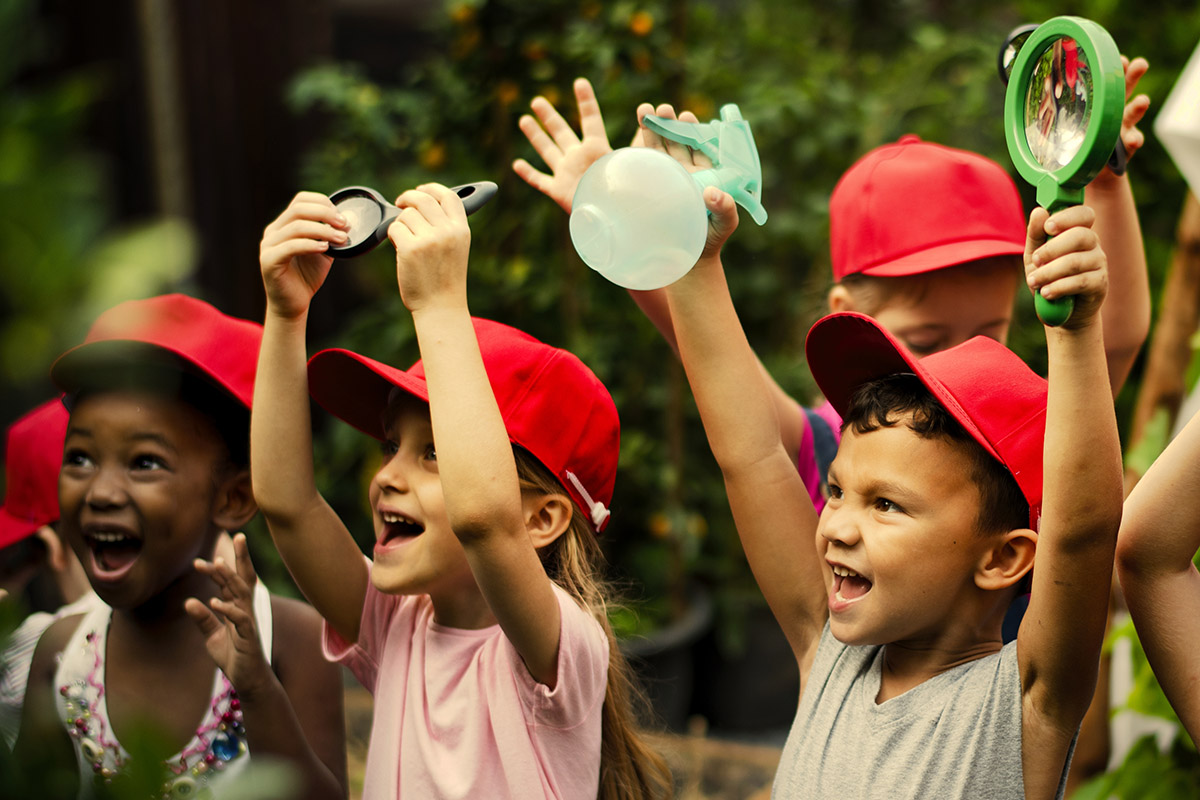
Character development and moral reasoning
Neuroplasticity not only sharpens our intellect, it also plays a role in determining who we are and what we value.
The rapidly developing brain is capable of more sophisticated and nuanced thinking than previously. There is a shift from simple either/or solutions such as good or bad, right or wrong, and yes or no to the consideration and weighing up of options.
For this reason, having young people discuss and contend with values, conundrums and ethical dilemmas where there is not a straightforward answer helps to develop complexity of thinking and moral reasoning.
This goes beyond the consideration of moral issues to considering how we can all be active contributors to positive relationships and to a kinder community and an improved world. In short, how we can become active citizens.
Getting hands–on grows the brain
Experience Rules
Our brains are designed to do things. We are not great at being the passive observers of life. We learn best when we are involved and active.
We live in a time when many children are information rich but experience poor. To have their brains reach their potential we have to give them quality hands–on experiences.
Engaging in activities that require learning new skills, such as playing a musical instrument or learning a new language, can stimulate the brain and promote neuroplasticity.
Experience + reflection = learning
Experiences alone are not going to be enough. We then need to have a conversation about the experiences so that we can make sense of what we have done. This is where parents, grandparents and teachers are vital drivers of neuroplasticity.
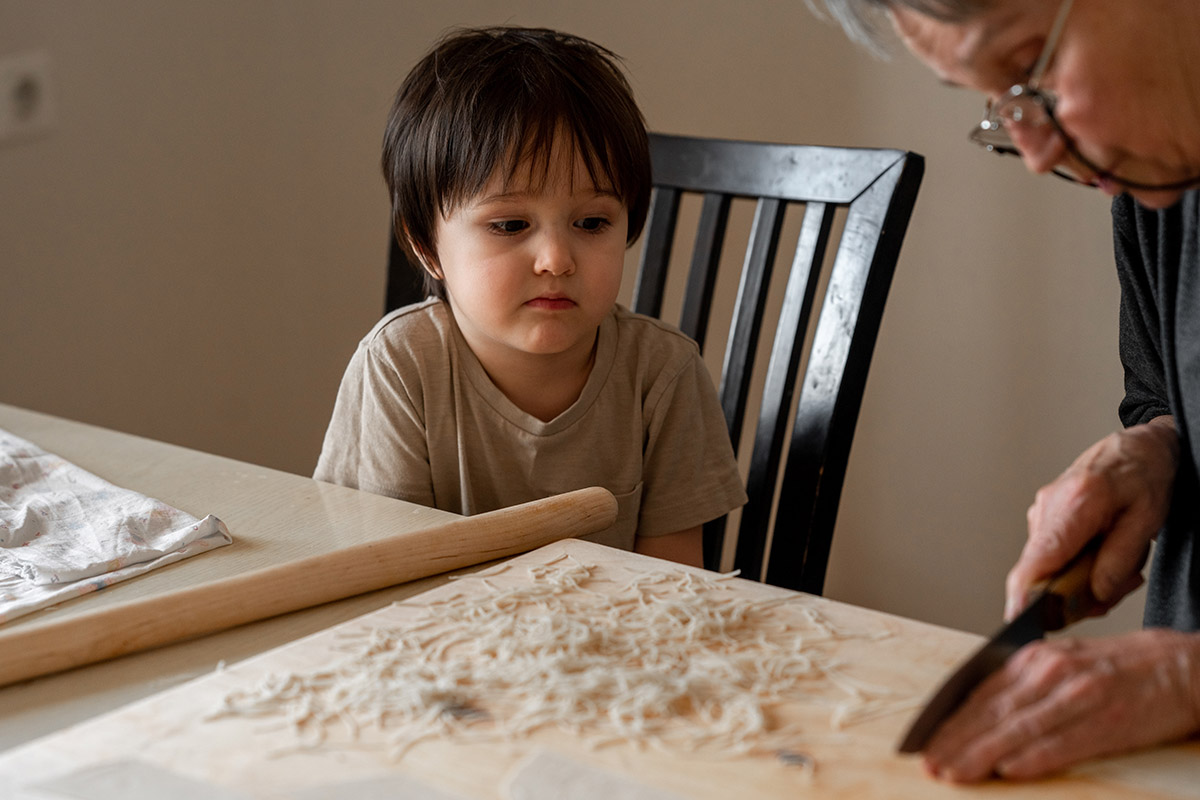
Make learning 'sticky'
Applying new knowledge
To make new experiences and learning ‘stick’ we have to do something with it. Find ways to help young people use and apply what they’ve learned.
The Drip-Feeding Approach gives children the chance to try out new ideas in a variety of ways and in different settings. Learning a little bit a lot is better than learning a lot a little bit. Spacing out applying new ideas or skills over time increases young people’s ability to remember.
Know How Your Brain Works
By involving young people in investigations and experiments that help them to learn how their brain works, we not only help them to understand how to optimise their learning, we also help them to discover how to create a great life.
More tips and resources from Andrew
More tips about how to maximise your success can be found at:
Andrew’s websites
www.andrewfuller.com.au
www.mylearningstrengths.com (45,000 young people in the past year discovered their learning strengths and found how to increase success and motivation).
Books for parents
Tricky Conversations
Tricky Teens and Emerging Adults: A survival guide for parents
Unlocking Your Child’s Genius: How to discover and encourage your child’s natural talents
Books for teachers
Guerilla Tactics for Teachers: The Essential Classroom Management Guide
Work Smarter, Not Harder: Study skills for students who dislike homework
Tricky Conversations: How to have less conflict and more peace in your life
Neurodevelopmental Differentiation: Optimising Brain Systems to Maximise Learning
About Andrew
Andrew is a clinical psychologist and family therapist, author and speaker, and a regular contributor to The Parents Website.
Stay up to date with our newsletter here

